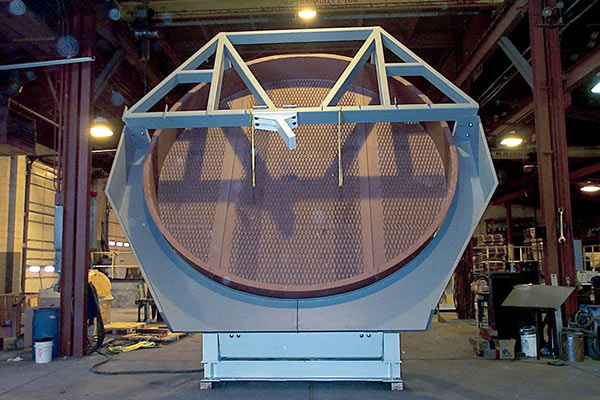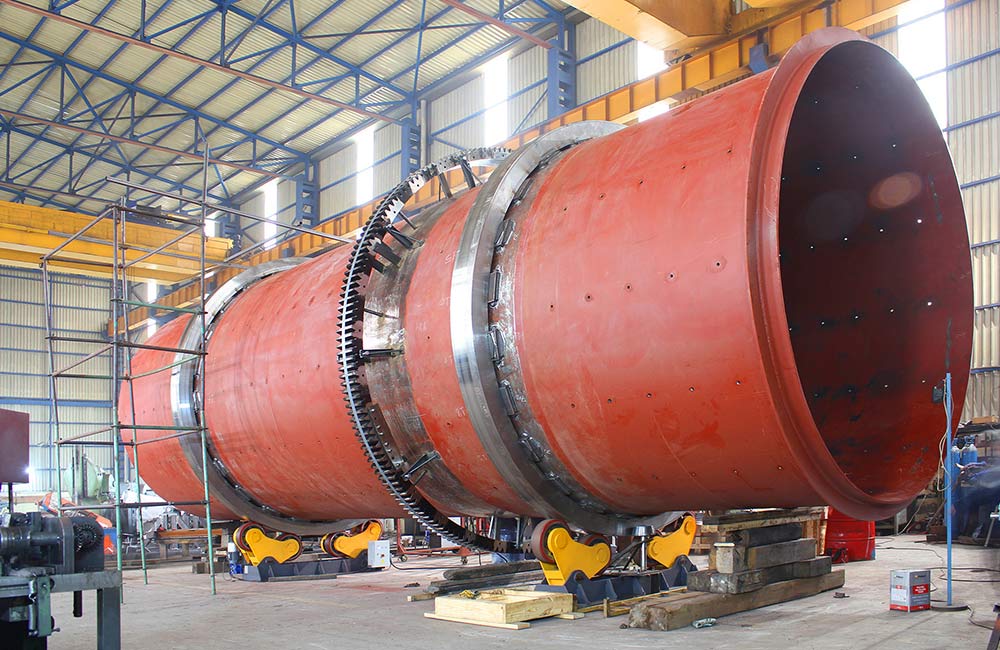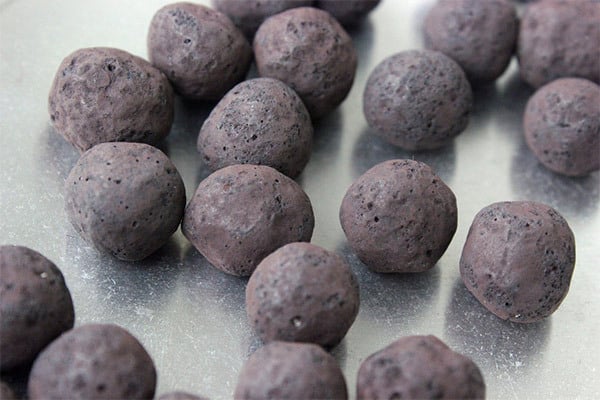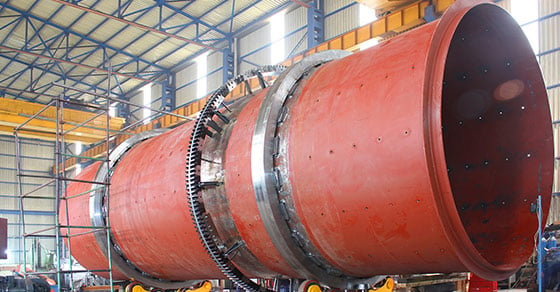Iron ore is a critical raw material in modern society; it is the basis of the steel industry, which provides us with everything from infrastructure to appliances. Courtesy of iron ore, steel is all around us.
The production of steel from iron ore has increasingly been employing the pelletizing or balling technique as a result of the many benefits it can offer, combined with changes in the market that have made pellets more favorable.
Below is a look at this critical process…
Preparing Iron Ore for Pelletizing (Balling)
Iron ore must go through a lengthy pre-processing stage before it can be pelletized – a series of steps that work to beneficiate and concentrate low-grade ores.
This process varies depending on the ore source, but typically involves various stages of crushing and grinding to reduce the size of the iron ore. Separation techniques such as magnetic separation or froth flotation are then used to separate the gangue materials from the iron content.
This processing works to transform raw, mined iron ore into a concentrated powder suitable for pelletizing.
In addition to mined iron ore, other sources of iron, such as flue dust collected from blast furnaces, or the dust produced at mine sites, can be recovered and incorporated into the pelletizing process to avoid wasting any iron-bearing material.
The Pelletizing Process
The production of iron ore pellets from fines to finished product can differ based on a variety of factors. As such, it’s important to note that the process described here is a generalized approach subject to many variations.
In general, three primary phases occur in iron ore pelletizing:
Mixing/Preconditioning
The mixing step sets the stage for the remainder of the process, creating a homogeneous mixture that will allow for a uniform product to be created.
In order to pelletize iron ore fines and/or concentrate, a binder is needed. Binder selection can vary from process to process depending on the unique goals of the project at hand, but bentonite clay is a common choice for iron ore. Various additives may also be included with the feedstock to improve performance in the blast furnace.
The mixing stage thoroughly mixes the iron ore, binder, and any additives in order to provide the pelletizer with a uniform feedstock.
Pelletizing
Material exiting the mixer is continuously fed into the pelletizing device, along with additional liquid binder. The binder causes the particles to become tacky, picking up more fines as they roll in the drum or disc.
Pellets must meet a myriad of criteria in terms of characteristics, many of which can be controlled during the pelletizing process. This might include using additives to adjust the chemical makeup or metallurgical properties of the pellets, or adjusting variables in the process to control physical characteristics such as crush strength or particle size distribution.
Once pellets reach the desired size, they exit the pelletizing device and are carried on to the next step (a screening step is often necessary). At this stage, pellets are referred to as “green pellets.”
Iron Ore Pelletizing Equipment
There are two primary types of equipment used for pelletizing iron ore: the disc pelletizer and the rotary drum agglomerator.
Disc Pelletizers

FEECO Disc Pelletizer, or Balling Disc
Disc pelletizers, or balling discs, consist of an inclined, rotating disc mounted on a stationary structure. Disc pelletizers are often chosen for their ability to fine-tune particle size control, producing a tight window of particle size distribution. Pelletizers also result in far less recycle.
As material enters the disc, it is taken up by the rotation. With the continuous addition of binder and feedstock, particles continue to pick up more fines, rolling and growing in similar fashion to a snowball.
Once pellets reach the desired size, they exit the disc.
Balling Drums

FEECO Balling Drum
Balling drums consist of a large, cylindrical “drum,” through which the material tumbles to promote agglomeration. Much like the disc pelletizer, binder and feedstock are continuously added and particles pick up additional fines as they tumble through the drum, which is set on a slight angle to allow gravity to assist in moving pellets through the unit.
While rotary drums offer less size control and fine-tuning capabilities compared to disc pelletizers, they are a more simple operation, and allow for a higher throughput.
For more information on the difference between balling discs and balling drums, see our article, Rotary Drum or Pelletizing Disc.
Induration
Upon balling, green pellets must be fired in order to cure into their final, hardened form. This is carried out through induration – a thermal treatment that heats the pellets to just before their melting point, causing them to become extremely hard. This is typically preceded by a drying step, which may be carried out in the induration unit, or in a separate device. After induration, pellets may be cooled.
The induration process creates a strong pellet product capable of withstanding the charge weight of the furnace. Once induration is complete, pellets are ready for the blast furnace.

Iron Ore Pellets
The Process Development Behind Iron Ore Pelletizing
As there can be significant variation in process requirements and sources of iron ore fines, testing is often an essential part of the development of a successful iron ore pelletizing operation. Different sources of iron ore will respond differently to agglomeration, and process requirements will subsequently vary.
The FEECO Innovation Center, which conducts batch- and pilot-scale testing for pelletizing (among other processes), has been working with iron ore pellet producers for decades; the facility regularly tests iron ore sources to work out process variables such as feed rates, additive inclusion, binder selection, required equipment specifications, and more – be it for flue dust, concentrate, run of mine fines, electric arc furnace (EAF) dust, or other source of fines.
Data gathered during testing is then used in the engineering of process scale-up and the design of commercial-scale equipment to carry out the process.
Conclusion
Iron ore is essential to meeting the demands of the steel industry that continues to build the world around us. Pelletizing, or balling, carried out through either a disc pelletizer or rotary drum, is a key part of efficiently and sustainably producing steel from iron ore fines of varying sources.
FEECO is a leader in feasibility testing, custom disc pelletizers and balling drums, and parts and service support for the iron ore balling/pelletizing industry. For more information, contact us today!

